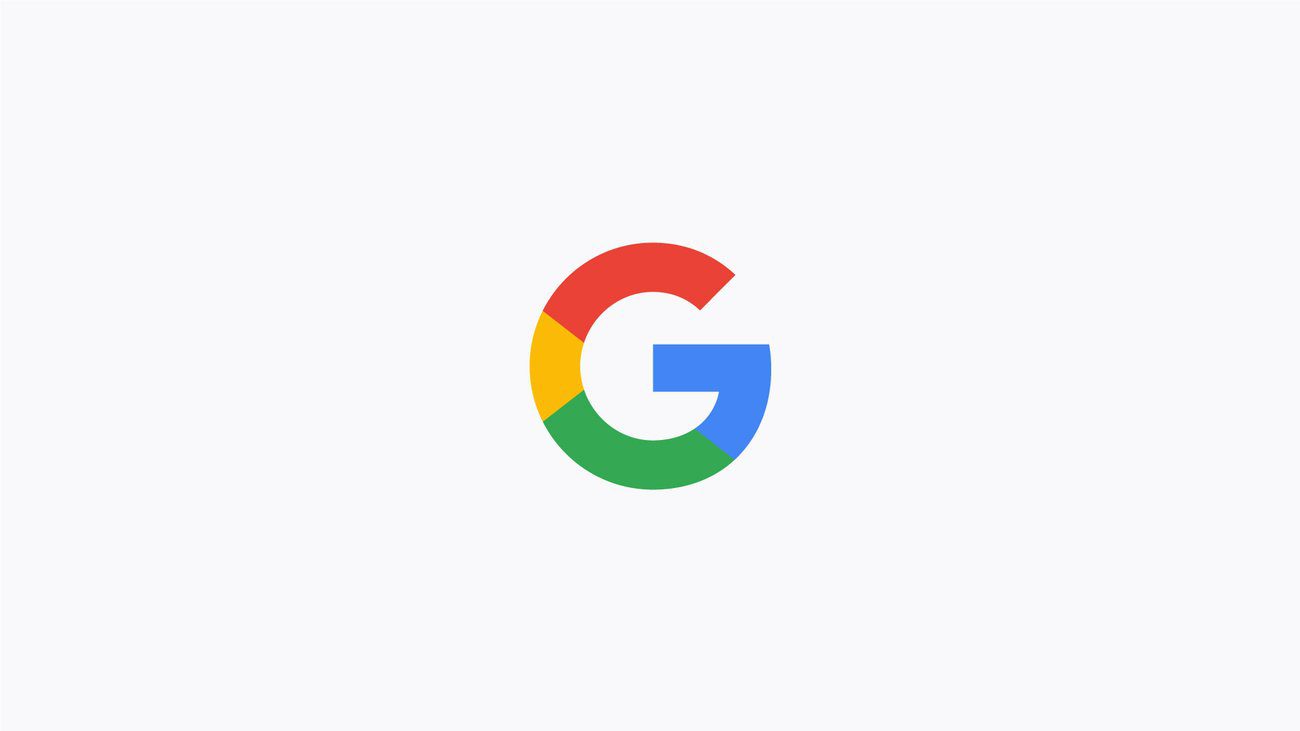Keeping Kids Safe Online: Google’s New Age Assurance Tech
Let’s face it: The internet isn’t always the safest playground for kids. With that in mind, Google is stepping up its game to create a more secure environment for younger users. Say hello to their new age assurance technology, designed specifically to distinguish between kids and adults. If you’re like me, you probably worry about what your kids are seeing online. So, this news is pretty comforting!
A Shift Towards Safer Experiences
Back in February, Google promised this age assurance tech would soon be rolling out in the U.S., and they’re now starting to take the plunge. What does this mean for you and your family? Well, if your kiddo is under 18, they’ll automatically get boosted protections on Google’s platforms.
Imagine you’re at a concert, and you can only see the show from a designated area that’s safe and age-appropriate. That’s what this technology aims to do. By recognizing who’s under 18, Google can tailor experiences that are, let’s say, a little less chaotic for young eyes. From being more mindful about content recommendations on YouTube to turning off personalized ads, this tech has got your back.
Age-Appropriate Protections
So what exactly happens when Google identifies a user as under 18? Here’s a quick rundown of some cool protections they’re rolling out:
- YouTube Digital Wellbeing tools: Think reminders to take breaks or even bedtime alerts to help kids develop healthier viewing habits.
- Disabling Timeline in Maps: Because let’s be real; kids don’t need that kind of detail at their fingertips.
- Personalized Ad Blocking: No one wants their kid exposed to ads that are way too grown-up.
- Restricted App Access: No more sneaking into adult-only apps on Google Play.
These safeguards aim to create a more age-friendly space where kids can explore without stumbling into the wrong corners of the internet.
How Does Age Assurance Actually Work?
Wondering how Google figures out if someone is under 18? Here’s the deal:
-
Age Estimation: They use machine learning (fancy, right?) to analyze user behavior and other signals tied to the account. If someone’s watching cat videos all day, Google’s likely to think they’re not a tax accountant over 40!
-
Age Verification: If Google’s judgment is off, the user can correct it, maybe by uploading a government ID or a selfie. Talk about a reality check!
Even though it sounds techy, think of it as a fun bouncer at a club who only lets people inside who actually belong there.
A Collaborative Leap Towards Online Safety
What’s heartening is that this age assurance tech isn’t just a solo act from Google. More companies are hopping on this bandwagon lately. It’s like when a new restaurant opens, and soon everyone’s eager to follow suit because the food is just that good.
Google’s approach respects privacy, which is crucial. There’s no scrounging around for more data or sharing sensitive information. With online safety becoming a joint effort, there’s a sense of community in making the digital world a safer place for kids.
To dive deeper into Google’s safety initiatives, check out their official blog here.
Wrapping It Up
The age assurance technology is a significant step toward creating an online world where kids can enjoy their screen time without harsh realities lurking at every click. As parents, we all want to feel like we’re doing our best to protect our children in this digital age.
So, what’s your take? Do you think this tech will help your family feel a bit safer online? Want more insights like this? Let’s keep the conversation going!
